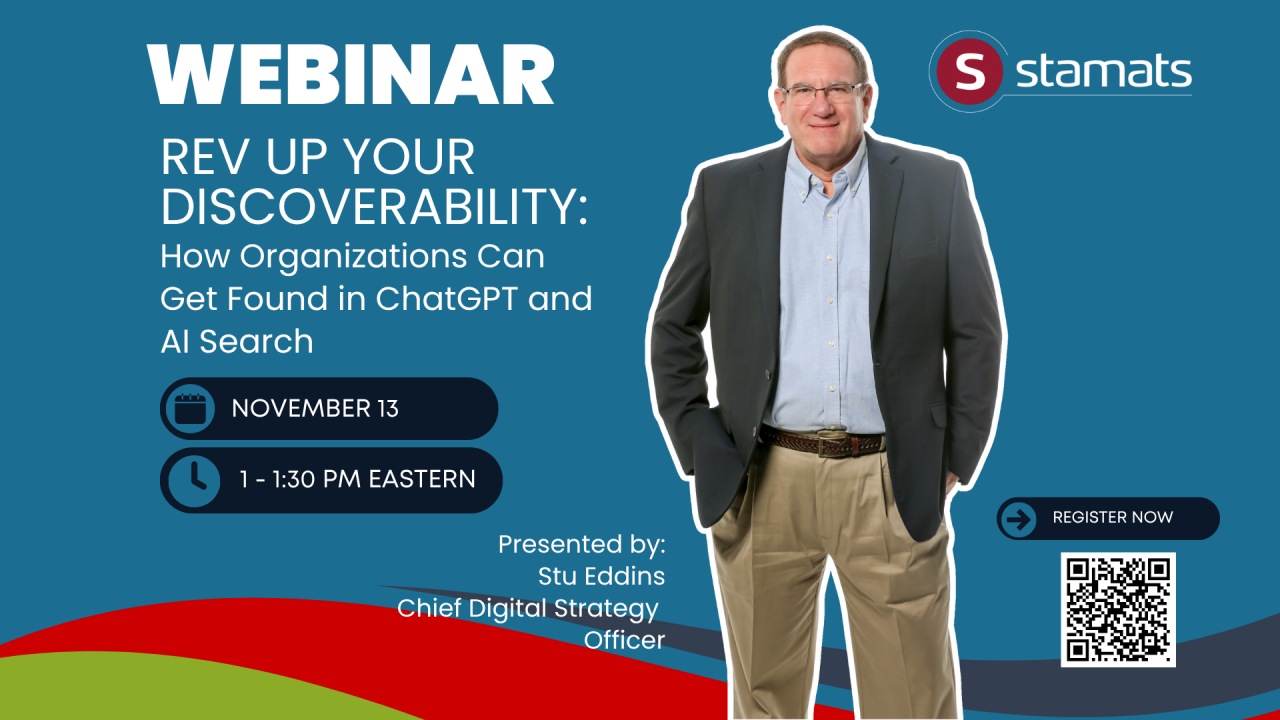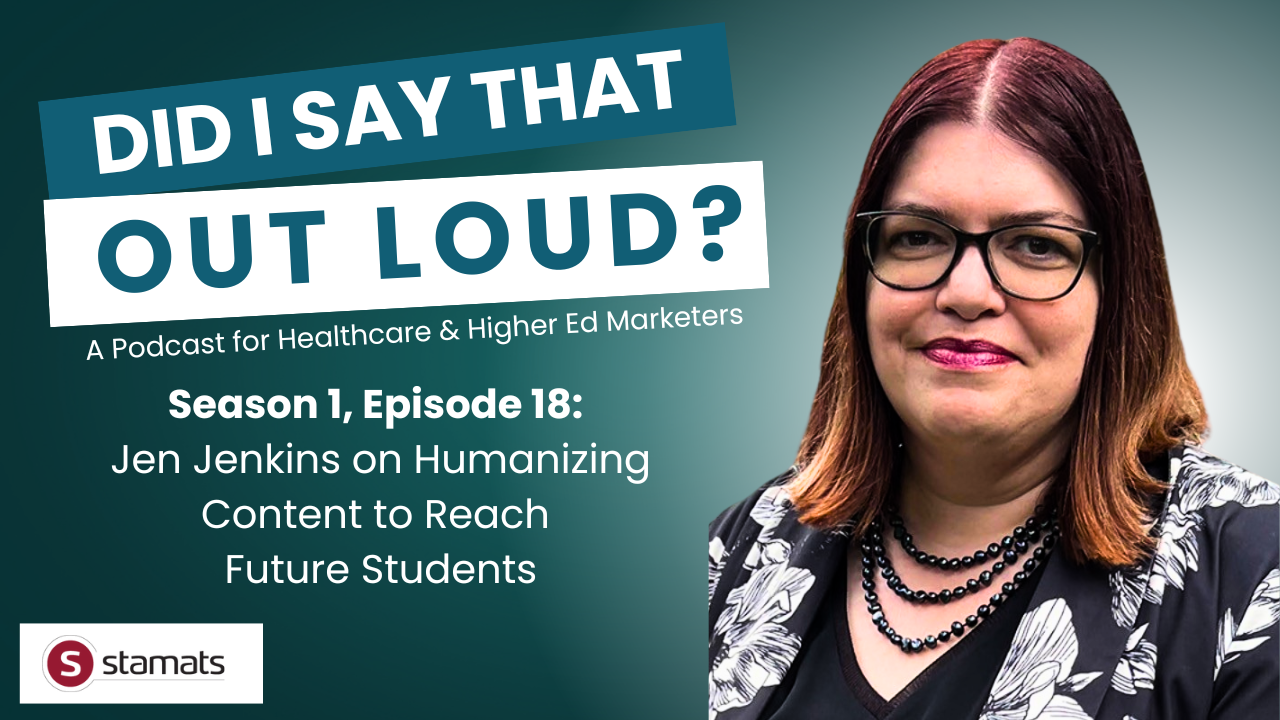Written by
on

When we create a communication plan, our brains work through scenarios of progress. One step leads to another and then another. At the end of the funnel, it’s obviously smaller and we’ve all learned to accept it. It’s the reason we call it a funnel. Since our eyes are naturally on the prize or the party attendees, sometimes we settle for historical justifications of conversion data, move on, and celebrate the win. But what if this time we didn’t accept this as the “standard” and begin to question the reasons people decide not to come to the party?
Who’s falling out of the process and why? How does the group of non-engagers look in comparison to those who are engaging? Perhaps there are geographic or demographic differences? As a marketer, it’s your job to find just as much interest in the people who aren’t doing what you’ve worked so hard to accomplish through your marketing as it is for those who are.
Here are six tips to consider if non-engagers are keeping you up at night.
- Place value on the audience that doesn’t engage. Build your communication plans with “nurture and convert” in mind and include “level-up” tactics to attract those who didn’t respond. This doesn’t mean just changing the content or design—it means putting yourself in the driver’s seat of the person who didn’t respond to your message and thinking “What would I need to find this message interesting enough to respond to?”
- Do your research. Analyze all the available data in both sets: the responders and non-responders. You might find some surprising results sitting in plain sight from a geographic or demographic perspective. Then learn, adjust, and measure again.
- As marketers, we like to push. And sometimes that mindset puts you in a transactional mode of developing marketing tactics. Review your communication for transactional speak. We’re told to pay our bills by this date. This kind of transactional speak doesn’t resonate well for people who are making big life decisions like choosing a major or a college.
- When reporting on marketing progress, be sure to include data and information about those who aren’t responding or engaging. This places importance on non-engagers. Have active conversations about what the non-engager audience looks like.
- Many communication plans are built on a timeline. Once that timeline is completed, it ends. If 20% of the people you’ve communicated with advance to the highest possible level, that means 80% are still in limbo. And for some, getting and maintaining that full audience costs money. How much did it cost to lose that 80%? Consider it reverse ROI. It might not be comfortable, but it’s important.
- Finally, build in a “sustaining” communication plan. The 80% who remain inactive just might not be ready. But don’t give up on them. Your plan should include ongoing communication over a longer period. Fill this plan with outcomes, benefits, and proof of why they should engage with you.
Ultimately, many will never engage. And that’s okay. But feeling confident you “see” them is important and may very well give you the kind of insight you need to continually refine your communication plans.
Strategic communication plan development is part of a user journey mapping workshop Stamats offers. We’ve created hundreds of communication maps to help colleges and universities optimize their marketing performance and improve confidence in communication processes.
Related Reading: 6 Tips for Confident Marketing Tracking
Ready to Get Started?
Reach out to us to talk about your strategy and goals.


